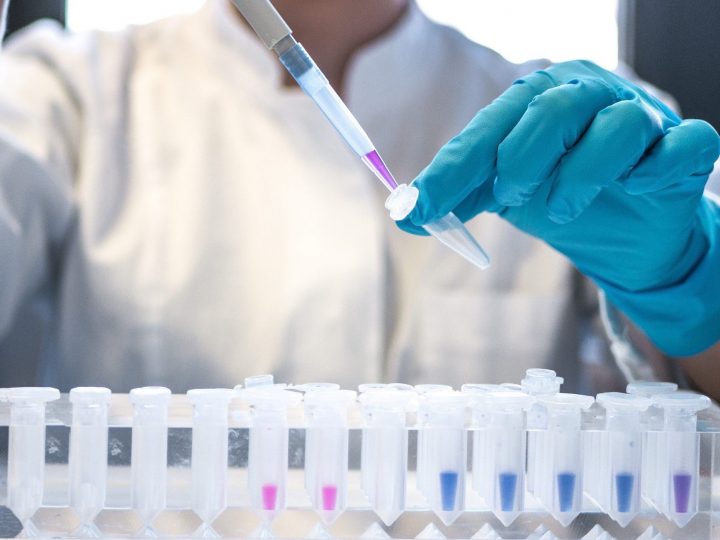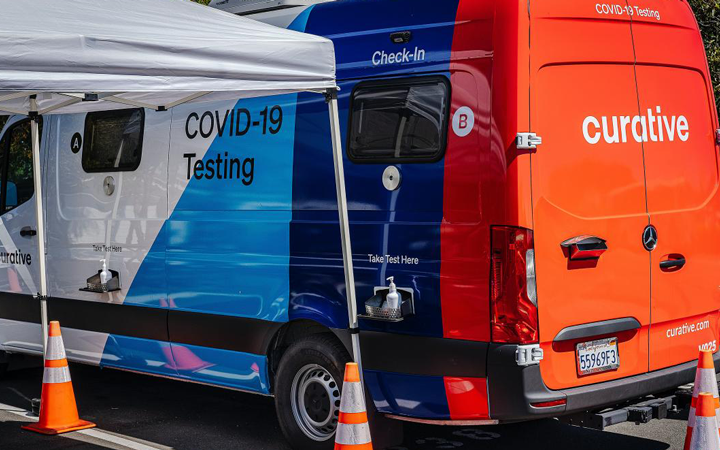What is monkeypox?
Since the beginning of 2020, waves of COVID-19 pandemic caused by SARS-CoV-2 and their variants have swept across the whole world. At present, it is possible for COVID-19 pandemic to become endemic due to the widespread vaccination of COVID-19 vaccines, especially the appearance of small molecule drugs against COVID-19. When everyone was relieved about COVID-19, more than 200 cases of unexplained hepatitis in children occurred in the United Kingdom and the United States in the first half of 2022. Although preliminary studies have shown that it is related to adenovirus subtype 41 infection and superantigen of novel coronavirus, the etiology is still not clear. Misfortune never comes singly. Recently, cases of monkeypox virus infection were successively reported in European and American areas such as Spain, the United Kingdom and the United States, which not only attracted the attention of disease control and prevention departments and medical institutions in different countries, but also led to the vigilance and panic of the people all over the world. As of May 20, there are approximately 80 confirmed cases of monkeypox worldwide (affecting 11 countries and regions) and 50 cases to be confirmed. As surveillance expands, more cases may be identified in the future. It seems that the struggle between mankind and emerging and emergent infectious diseases is a long-term and arduous task that cannot be belittled. We will briefly introduce the prevalence of monkeypox and its enlightenment for the prevention and control of other emerging and emergent infectious diseases below.
PART 01 Epidemiology of monkeypox
Monkeypox is a zoonosis caused by viruses, and it was first discovered in monkeys in primary forests in western and central Africa and can also infect rodents or other animals. It may occasionally infect humans, causing secondary human-to-human transmission. The transmission route is usually direct contact with the blood, body fluids, secretions and skin and mucosal wounds of animals containing monkeypox virus; In the secondary transmission in humans, it is caused by direct contact with the skin damage (including herpes and crusts), body fluids, secretions, etc. of patients, or contact with clothing, articles and furniture infected by the virus. In the past, monkeypox virus was not very transmissible (R0 values were usually less than 1) and required close contact for transmission, and it tended to be transmitted to family members living together, friends, etc. In addition to previous small-scale reports of its prevalence in Africa, it was sporadic and rare in other regions. However, it has been reported in both Europe and the America, and the surge in the number of cases is indeed unexpected. There is possibility that the virus has mutated with enhanced virulence and greatly strengthened transmissibility. As of May 18, 2022, a total of 7 confirmed cases have been reported in Spain, while 23 suspected cases have occurred in Madrid. Nine confirmed cases were reported in the United Kingdom, while the first case was diagnosed in Massachusetts, USA, on May 18. The patient had a history of travel to Canada. In addition, cases have been reported in Portugal and Canada. Most cases do not have a history of travel to African affected areas, suggesting that human-to-human community infections have occurred, which requires the vigilance and attention of the international community. The World Health Organization (WHO) has issued a notice reminding governments to pay attention to the development of the monkeypox cases.

Mature monkeypox virus (left) and immature virions (right)

Monkeypox virus usually infects monkeys or other animals.
PART 02 Clinical symptoms of monkeypox
Although monkeypox is a self-limited disease, most cases can heal spontaneously, but a few may develop into severe diseases, resulting in multi-organ failure and even death. Its incubation period is 5 to -21 days, and it can last 14 to 21 days after the onset of symptoms. In the acute phase, monkeypox may be manifested as fever, headache, muscle aches, lymphadenopathy and typical pox-like herpes. Compared with smallpox and varicella, which have similar symptoms, lymphadenopathy is a major feature. Another feature is herpes, which begins in the mouth, then the face, neck, and then progresses to the whole body. The shape of the herpes begins as a flat maculo-papular rash that gradually evolves into typical pox-like convex blisters or even pustules as the disease progresses, generally scabbing in about 10 days. Although the course of the disease is self-limited in most cases, some patients still develop into severe cases, generating serious systemic complications and leading to death. The virulence of different virus strains varies greatly. For example, west African virus strains have a mortality rate of 1%, while virus strains in central African (Congo Basin) have a mortality rate of 10%. It is usually strongly infectious in patients during the herpetic phase.
Patients usually have a history of animal contact, or travel to affected areas. Differential diagnosis is required for diseases with similar symptoms such as smallpox, measles, varicella, drug allergies and bacterial skin infections.

The figure shows herpes in patients with monkeypox.
PART 03 Laboratory diagnosis of monkeypox
The gold standard is to isolate monkeypox virus by electron microscopy and culture to confirm the diagnosis; The skin lesions (herpes or scab) of patients can also be collected, and then molecular detection can be performed by PCR (polymerase chain reaction) method; Antigen detection can also be performed by immunization methods such as ELISA (enzyme-linked immunosorbent assay); Molecular and antigen detection can be used to assist in the clinical diagnosis of monkeypox, while serological tests such as the detection of antibody IgG cannot distinguish between previous and current infections, so they are mainly used for epidemiological investigation.
PART 04 Prevention and control of monkeypox
Due to the small number of cases, the studies on monkeypox virus vaccine and therapeutic drugs are limited, so there is no specific vaccine or specific drug for treating monkeypox virus. Because monkeypox virus and smallpox virus are closely related, the use of smallpox virus vaccines and therapeutic drugs may be effective. Early detection of patients and timely physical isolation will still be the best prevention and control measures. From the perspective of individuals, it is helpful for the prevention and control of monkeypox epidemic through avoiding contact with rodents, monkeys and other animals, paying attention to personal hygiene, frequent hand washing, maintaining hygiene through using disinfectants for environmental disinfection. It is also worth noting that the virus is in constant variation. Once a new outbreak occurs, monkeypox virus and its virulence may greatly mutate. Its infectivity may be greatly enhanced, and severe disease and mortality may soar, so it must not be taken lightly in terms of prevention and control.
PART 05 It is advised to maintain highly vigilant and normalized prevention and control capacity for emerging and emergent infectious diseases.
The history of human survival and development is the history of fighting against the plague (infectious disease). The plague that swept Europe and the whole world in the Middle Ages killed more than 70 million people, and the Spanish flu pandemic at the beginning of the twentieth century killed more than 20 million people. In the past one or two decades, new and sudden infectious diseases have emerged, such as avian influenza, SARS, MERS, dengue fever and COVID-19, which have caused great infestations and injuries to human society. It’s worth noting that a large proportion of them are zoonotic diseases. These viruses are usually found in wild animals and occasionally infect humans. However, once a certain variation of the virus occurs, the transmissibility and virulence to humans have changed qualitatively, and these zoonoses will cause dramatic infections in human society and rapidly form endemic or even worldwide transmission.
Relying on the international leading diagnostic technology platform and experience about pathogens of COVID-19 and various emergent and emerging infectious diseases, Sansure Biotech has reserved Nucleic Acid Diagnostic Kit of monkeypox virus (PCR-Fluorescence Probing) in its scientific research products. Specific detection of nucleic acid fragments of monkeypox virus can rapidly identify monkeypox virus. The reagent has the characteristics of high sensitivity, simple operation, etc. It is suitable for the rapid diagnosis of related diseases caused by monkeypox virus infection, and is compatible with fluorescence PCR platform and POCT platform of Sansure Biotech. It can be rapidly applied on the newly constructed molecular testing platform of COVID-19. At present, the company is actively promoting the overseas registration of this product.
Note: The picture comes from the Internet. If there is any infringement, please contact the author to delete it.
Disclaimer: All the publications on this website, where the source is indicated, are copyrighted by the original source and do not represent the position of this website.





